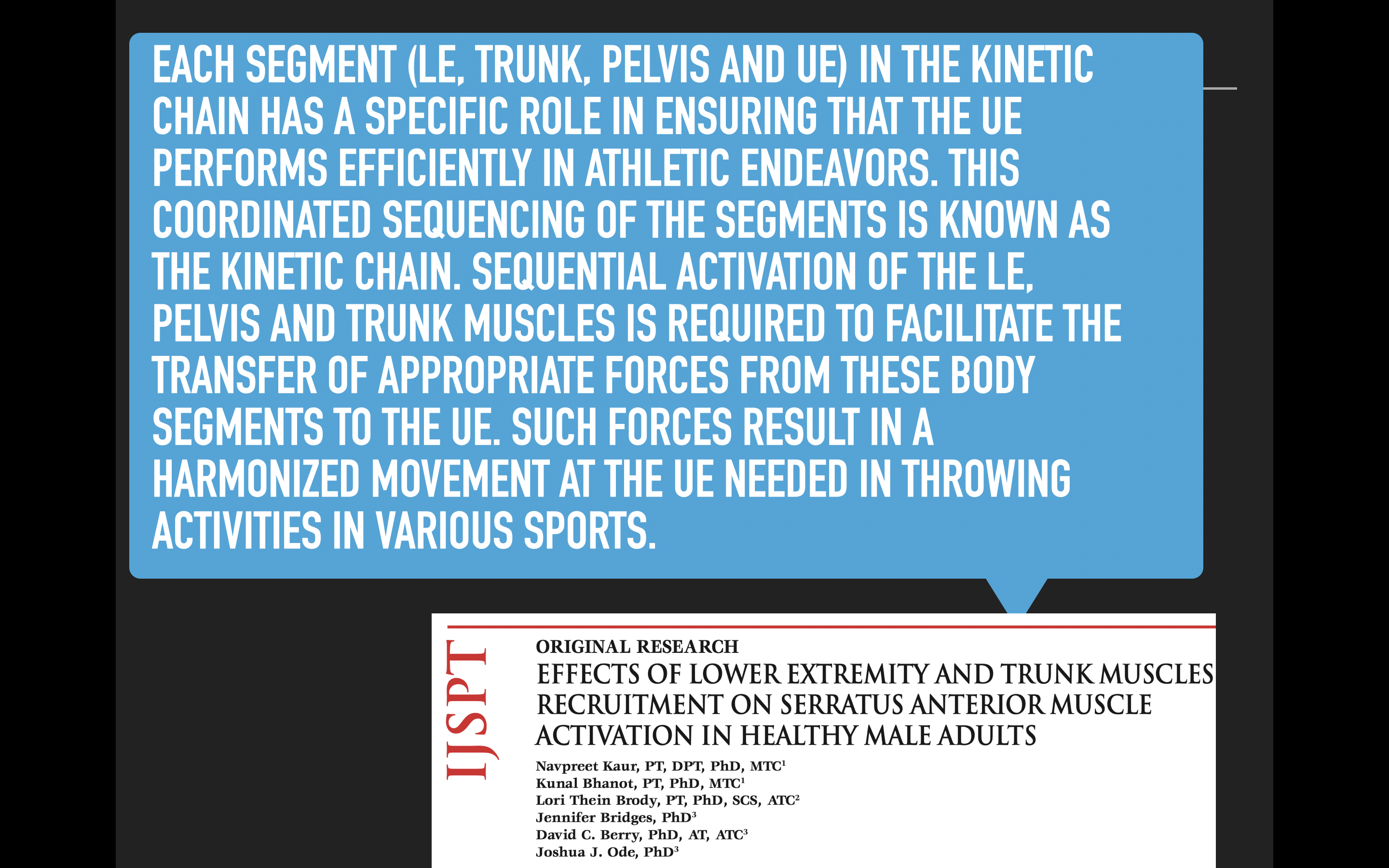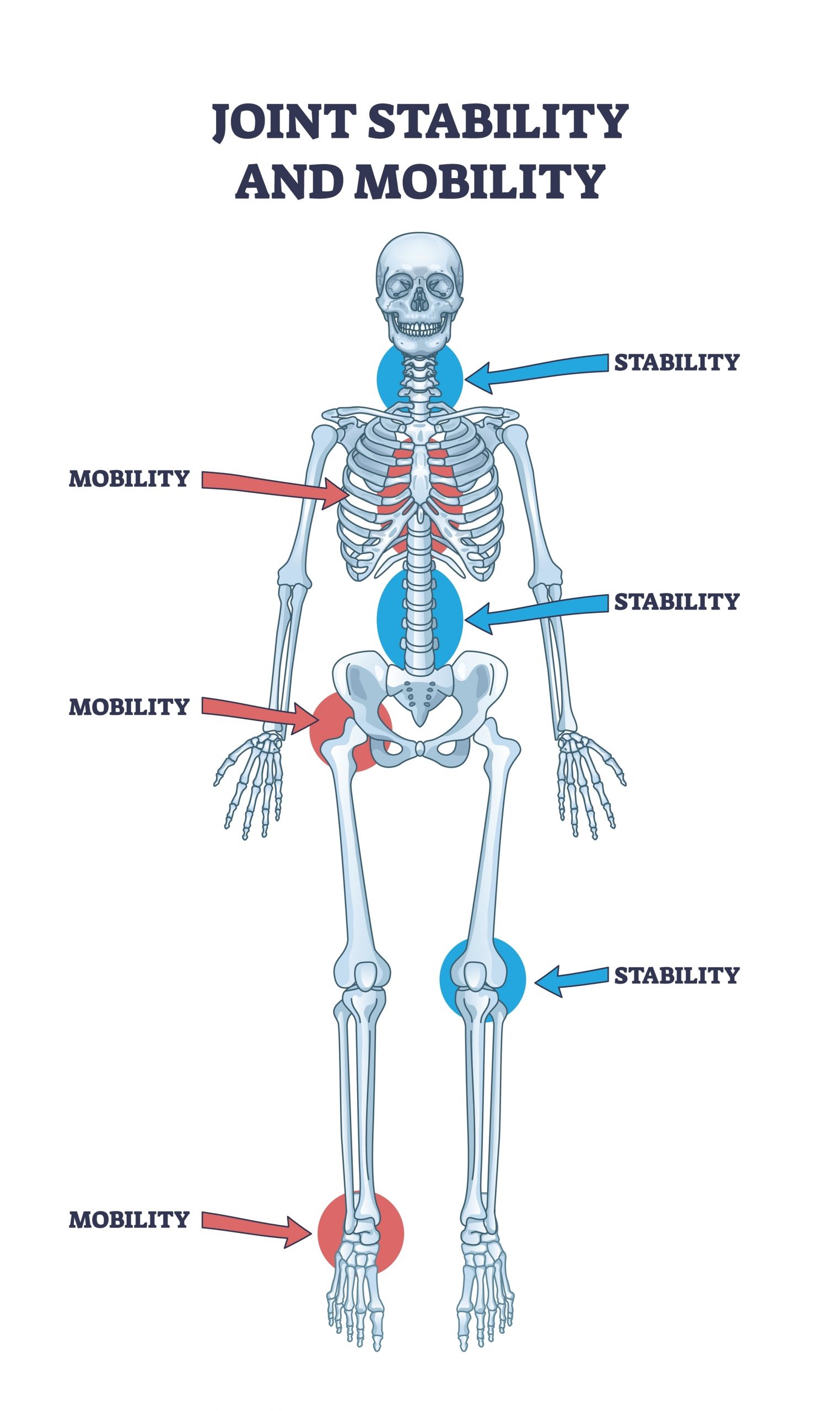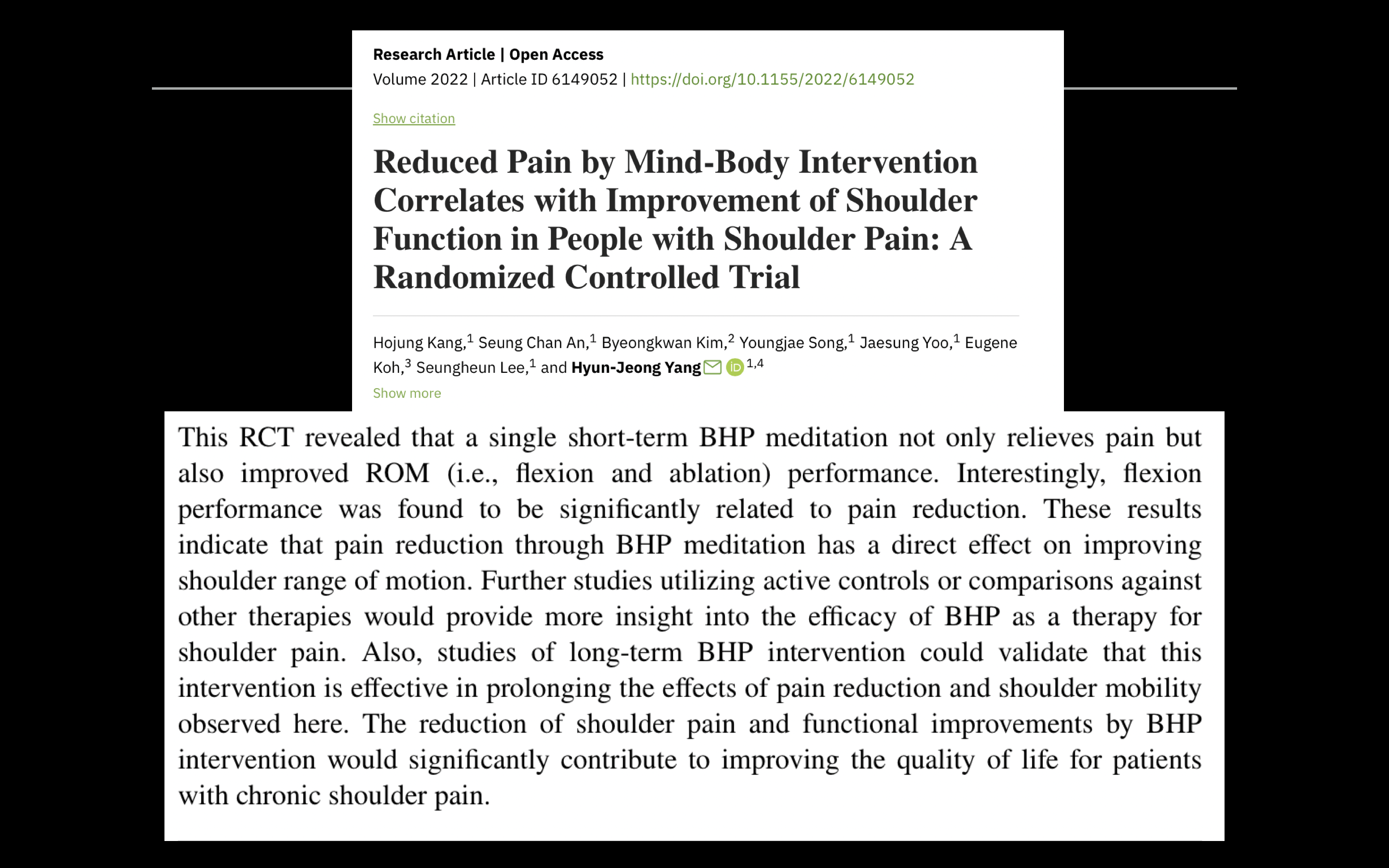Better Shoulder Exercises For Strength, Stability, & Mobility
2024-08-15
Fitness is kinda stuck, we either seem to fall back on very dated ideas, or we think the new outrageous looking exercise must be the solution to our issues. I get it, sometimes when you feel like you have tried EVERYTHING you are open to doing something that looks so outside of the norm. However, when it comes to shoulder exercises that can make a real impact on mobility, stability, strength, and health, we don’t have to get trapped on either side of the spectrum, we can use what science is already telling us to create better options.

The pendulum in fitness sometimes swings too far to either extreme to have real solutions.
What do we know about what makes for better shoulder exercises versus what most end up doing in their training?
Key Concept 1: Our Shoulders Don’t Work By Themselves
Maybe post surgery you want to isolate a shoulder, but that’s just to make sure that don’t substitute other structures for what the shoulder should be doing. Plus when you cut nerves (which happens as you cut fascia and muscle) you may have to specifically re-educate an area. However, the top therapists out there know that the time we spend on shoulder exercises in isolation should be incredibly small. The sooner we actually can use shoulder exercises in conjunction with our whole body, the more likely we are to help restore greater function, strength, and health. Why?
The shoulder is part of a larger kinetic chain that connects the lower body and core to our shoulder. This means that our shoulder exercises should integrate our whole body no one individual part or muscle.

This means connecting the feet, lower body, pelvis/core, to the movements we use in our shoulder exercises. When we do so, we want to also realize that diagonal patterns are innate to our body and our nervous system loves these patterns. This is why systems like Proprioceptive Neuromuscular Facilitation (PNF) have been found to be so effective in restore strength and performance.

A 1986 study comparing weight training to PNF found PNF created greater strength and performance
View this post on Instagram
Key Concept 2: Shoulder Exercises Should Emphasize Feet and Hands
Our hands and feet have over half the bones in our body and are main places where our body interacts with the outside world. That means our first place of stability often what happens in our hands and feet. If these areas do NOT create stability it can have a chain reaction in our whole body. This was coined as the Joint By Joint Approach that strength coach, Mike Boyle, and physical therapist, Gray Cook created. The idea is that the joints of our body are designed to have dominance towards stability or mobility. This pattern occurs in an alternating fashion meaning our feet are for stability, ankles for mobility, knees are stability, hips are mobility, and so forth.

This is why ensuring proper stability from the hands and feet are at the root of our shoulder exercises.
Drills like our Arc Press and being half kneeling are a great way to accomplish both these goals.
Our Bird Dog and Plank Lateral Drags are great examples in other ways of using our hands and feet in our shoulder exercises for stability and mobility.
Key Concept 3: Shoulder Exercises For Better Mobility Should Be Multi-faceted
Should exercises focused on mobility are not a bad thing. However, the way people approach them can be problematic because people often get sold on the idea of just working the shoulder joint, the truth is that shoulder mobility exercises need to accomplish more. Not only do we have muscle, connective tissue, and tendons that all impact how our joints move, but we have a very powerful nervous system that can try to protect us in creating tightness when the body perceives a movement is unsafe.

More and more research is showing that concepts like breath work, mindfulness, nervous system regulation, all can play a part in shoulder exercises that not only impact the mobility, but pain perception of the shoulder as well. That is why our exercises for mobility should reflect these similar ideas while ALSO using the first two concepts.
How do we put all this together? Below is an example of better strength, stability, mobility, and muscle building exercises for all aspects of the shoulder. Find out more in our NEW 6-month Bags, Bells, Balls, & Bands training program. Save 30% off this great program with code “workout30” HERE and don’t miss our Mobility Balls HERE
© 2026 Ultimate Sandbag Training. Site by Jennifer Web Design.







